Description
Black Raspberry – 1 Yr Old Seedling
Overview
Black Raspberry trees (Rubus occidentalis) are prized for their sweet, tart flavor and high antioxidant content berries. These perennial shrubs are native to North America and produce clusters of black, flavorful berries during the summer. Black raspberries are known for their numerous health benefits, including supporting heart health and boosting the immune system. This 1-year-old seedling is the perfect start for your own berry patch, offering delicious fruit for fresh eating, smoothies, jams, and desserts.
Black Raspberry Native Range
Black Raspberries are native to North America, primarily found in wooded areas and along streams in eastern and central U.S. and parts of Canada.
Growth and Form
- Height: Grows to 3–4 feet tall.
- Spread: Spreads 2–3 feet wide.
- Growth Rate: Fast-growing, with berries typically ready for harvest in the second or third year.
- Foliage: Dark green, pinnately compound leaves with a slightly fuzzy texture.
- Flowers: White, five-petaled flowers bloom in late spring, followed by dark black berries.
- Fruit: Dark purple to black, with a sweet yet tangy flavor, ripening in mid to late summer.
Ecological Benefits
- Wildlife Habitat: Black raspberries attract pollinators like bees and butterflies. The berries are also enjoyed by birds and small mammals.
- Pollinator Support: Pollinator-friendly flowers encourage biodiversity and attract beneficial insects to the garden.
- Soil Health: As a low-maintenance plant, Black Raspberries can help stabilize soil, especially in areas prone to erosion.
Black Raspberry Hardiness and Climate Tolerance
- Hardiness Zones: 4–8, making them suitable for cooler climates as well as warmer regions.
- Cold Tolerance: Hardy down to -20°F (-29°C) when established.
- Heat Tolerance: Prefers moderate temperatures but can tolerate heat if given enough water.
- Soil Preferences: Thrives in well-drained, fertile, slightly acidic soils.
Black Raspberry Planting and Care
- Planting Location: Choose a sunny spot with well-drained soil. Black raspberries need full sun for the best berry production.
- Watering: Regular watering is essential, especially in dry spells. Be careful not to overwater, as raspberries do not tolerate soggy soil.
- Fertilization: Apply balanced fertilizer in early spring to encourage growth. A compost-rich soil can also help support healthy plants.
- Pruning: Prune annually to remove dead canes and encourage new growth. Raspberries typically produce fruit on second-year canes.
Uses
- Culinary: Black raspberries are perfect for fresh eating, smoothies, jams, jellies, pies, and sauces.
- Health Benefits: Known for their high antioxidant content, Black Raspberries support immune health and have anti-inflammatory properties.
- Landscaping: Ideal for edible landscapes, border plantings, or garden beds, Black Raspberries add beauty and function.
Potential Problems
- Diseases: Black raspberries are susceptible to fungal diseases like anthracnose and powdery mildew, especially in humid climates.
- Pests: Aphids and Japanese beetles may be attracted to the plants. Regular monitoring and organic treatments can help manage pests.
- Thorny Canes: Black Raspberries have thorny canes, so be mindful when harvesting. Consider wearing gloves or pruning to avoid injury.

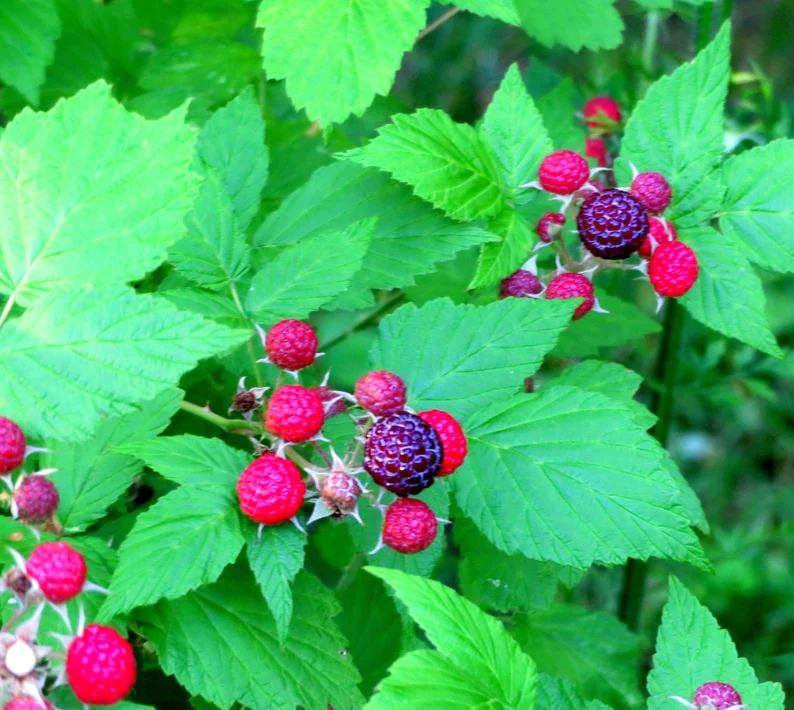
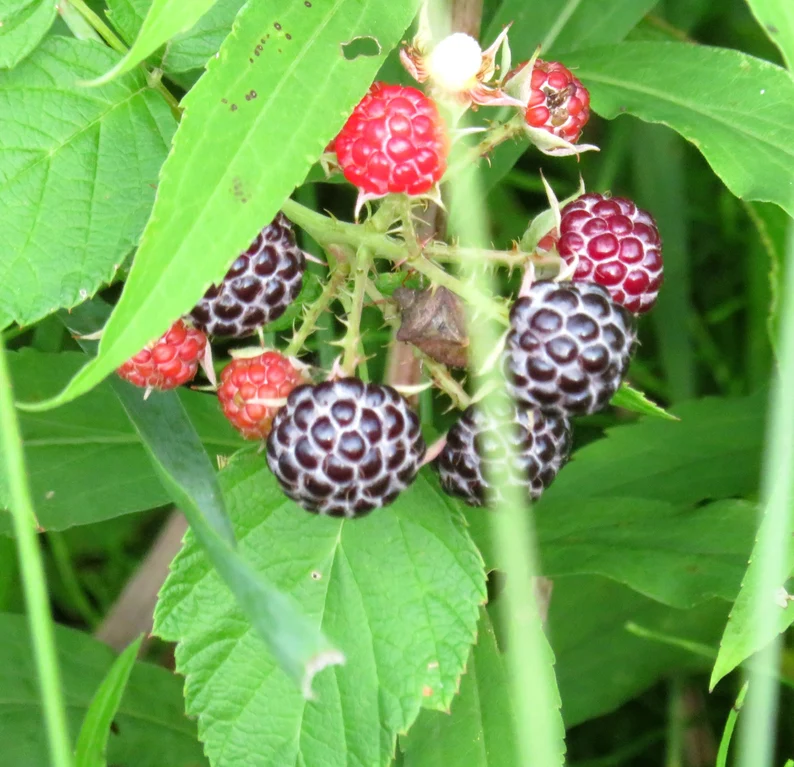

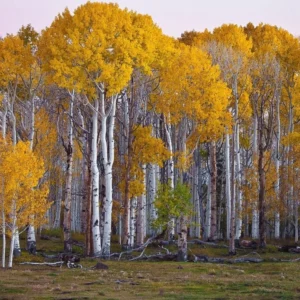
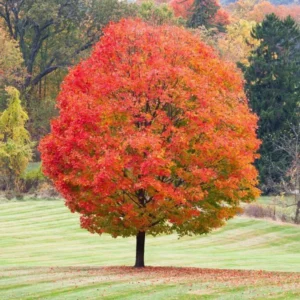
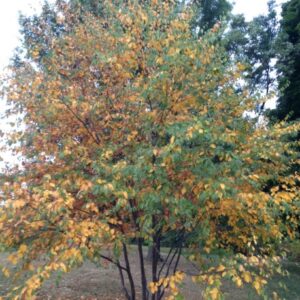
Reviews
There are no reviews yet.